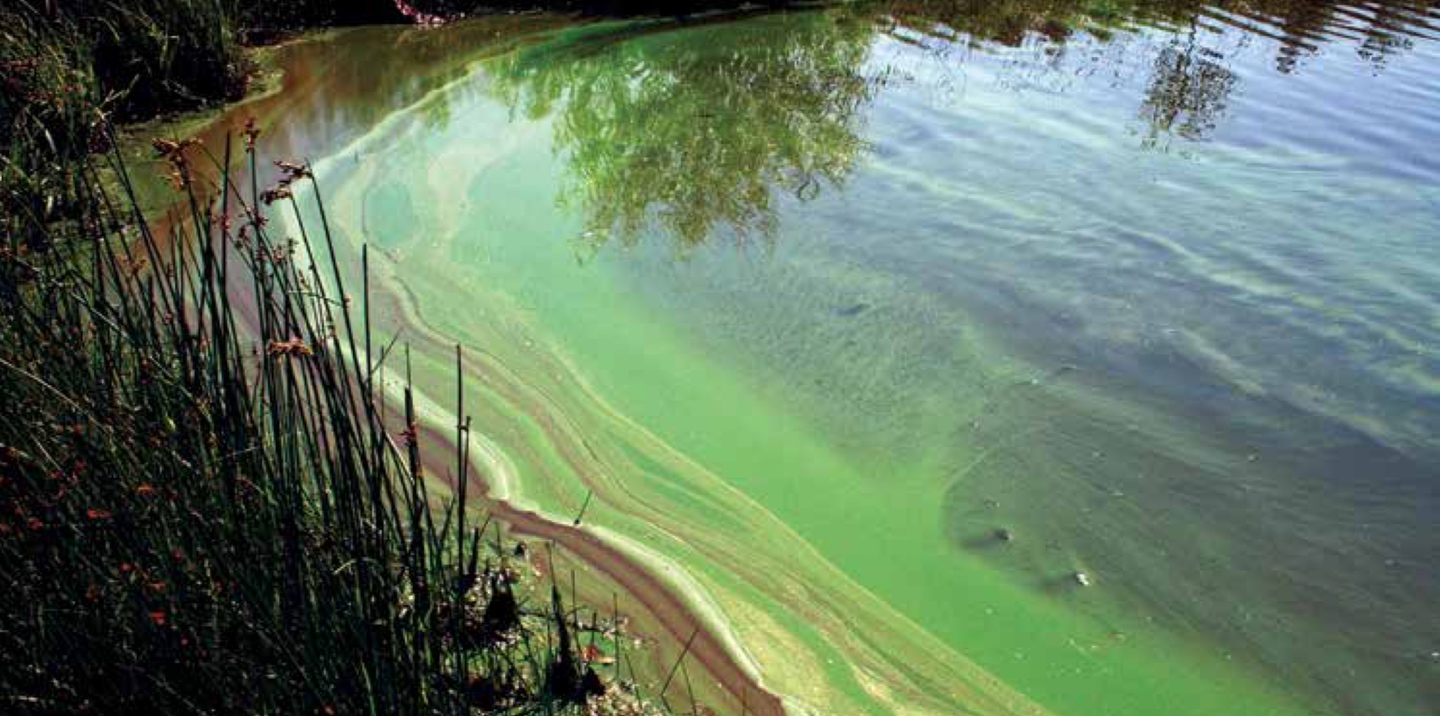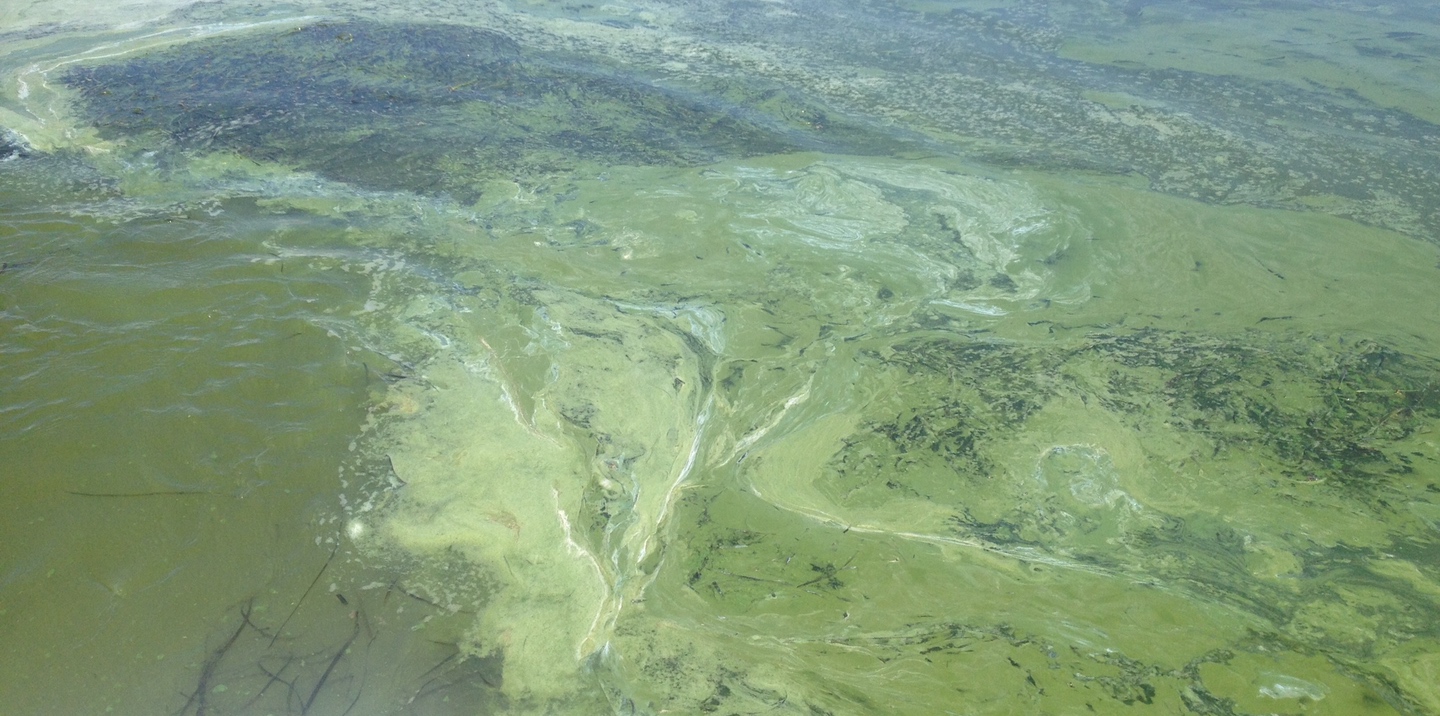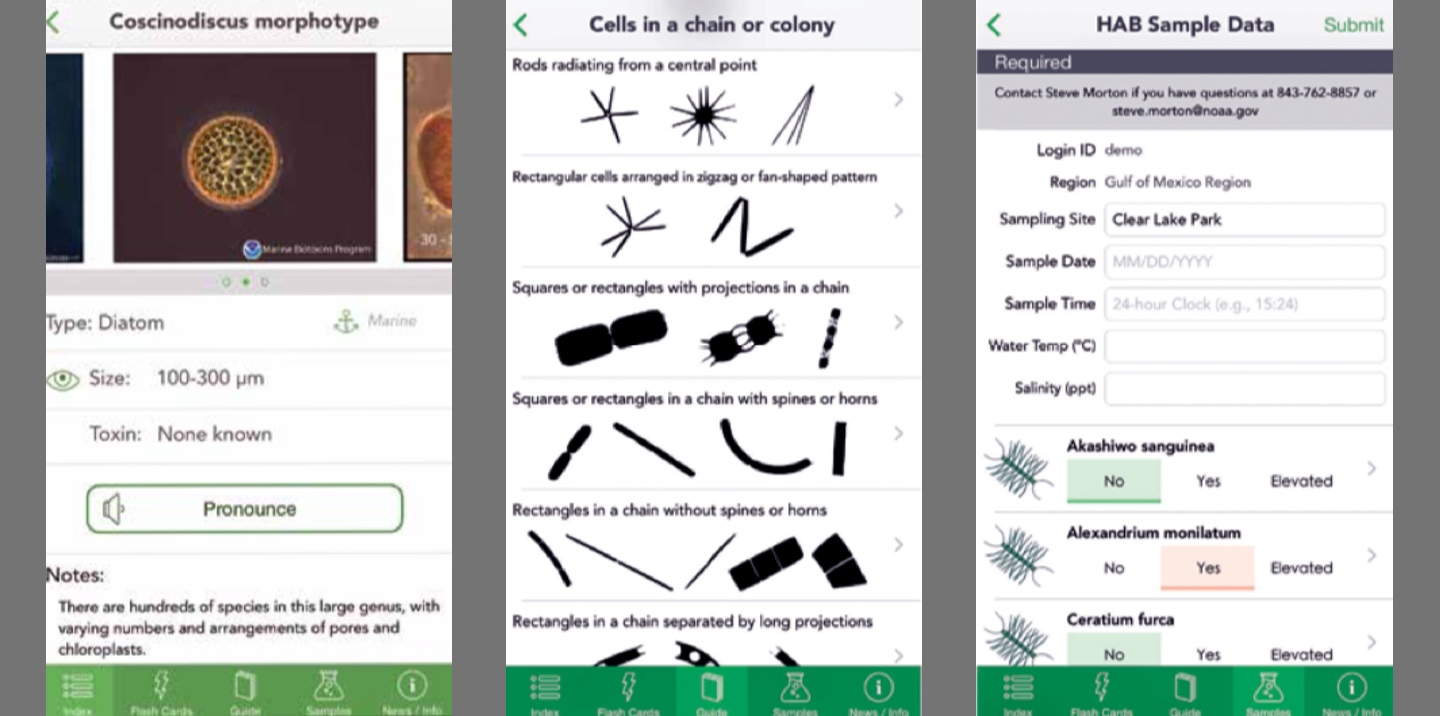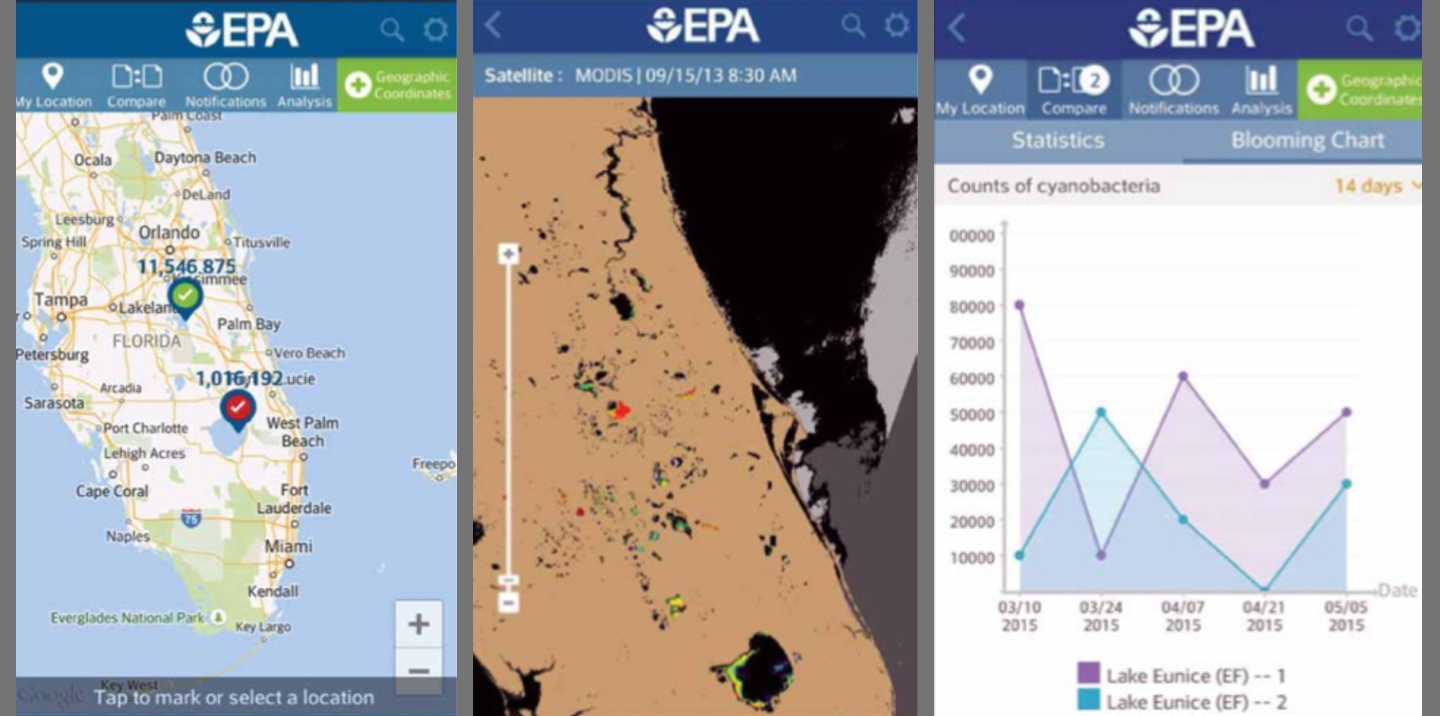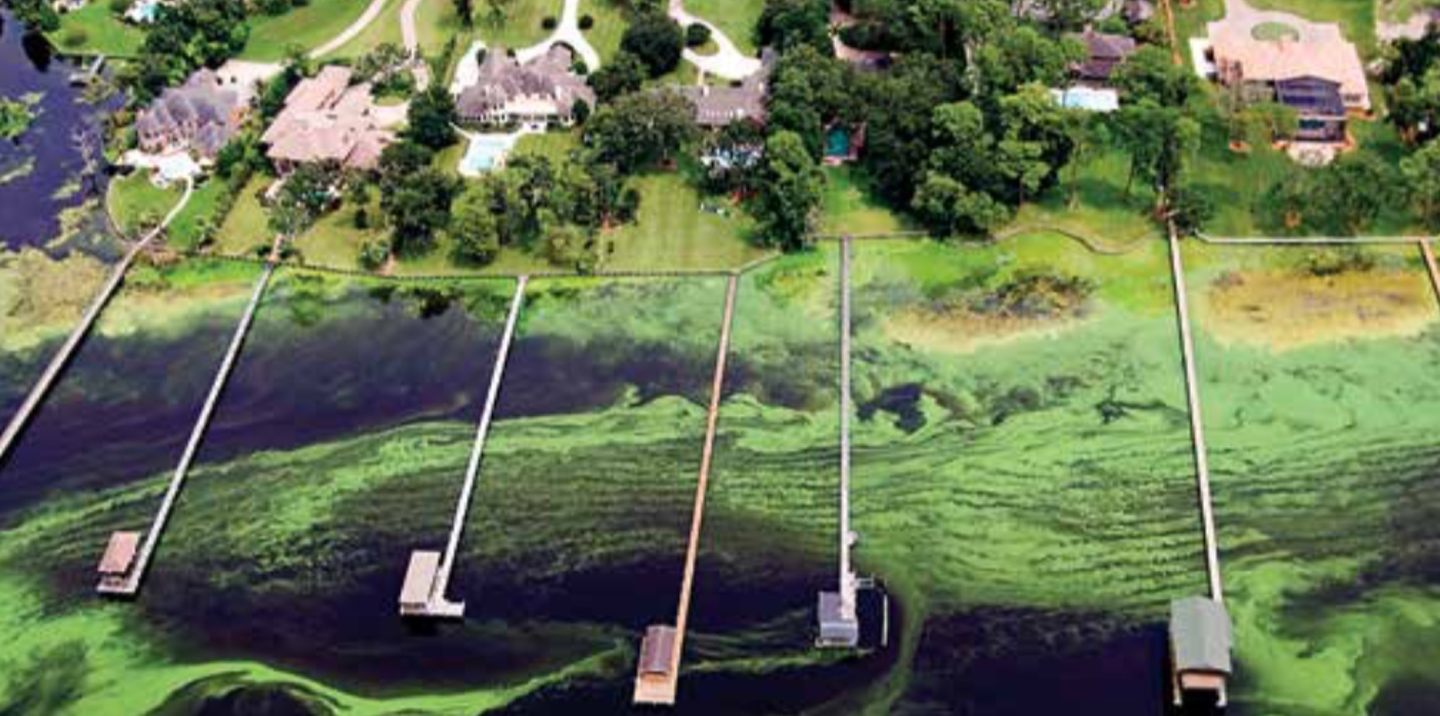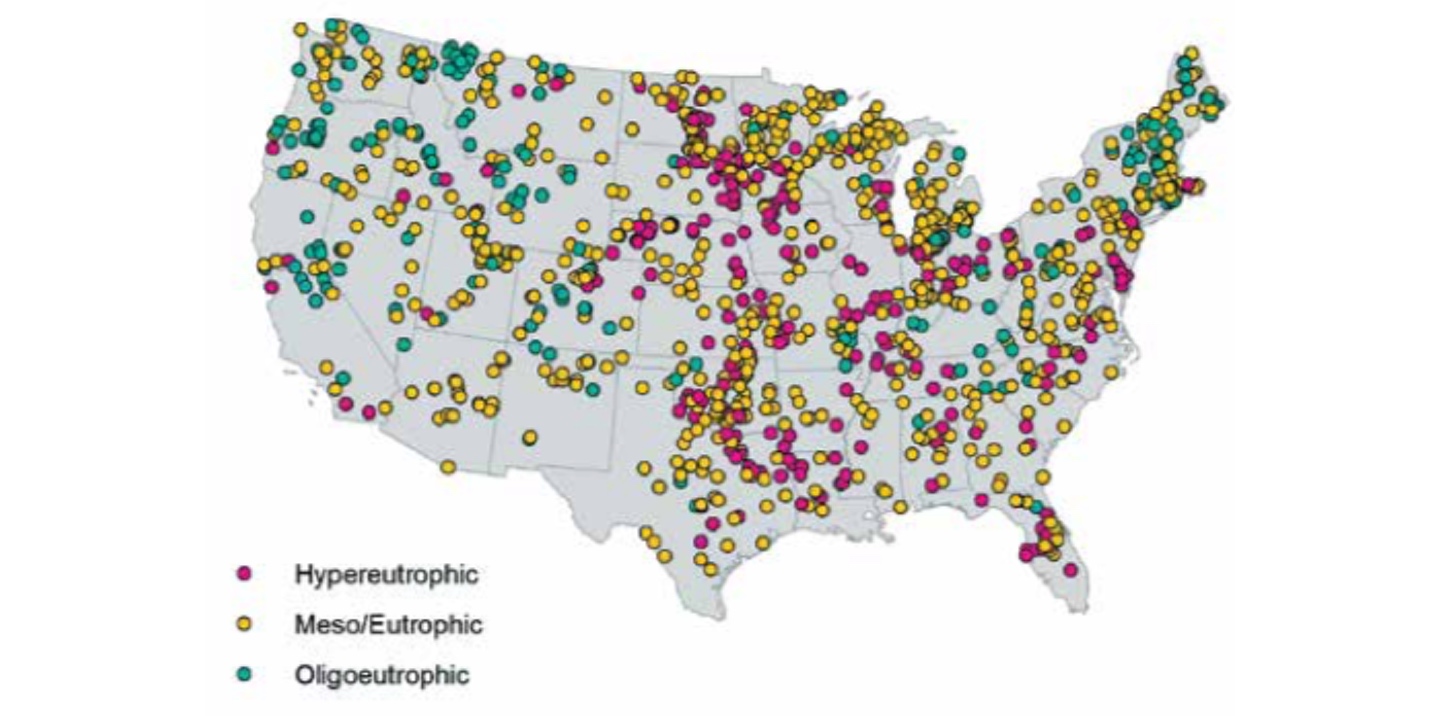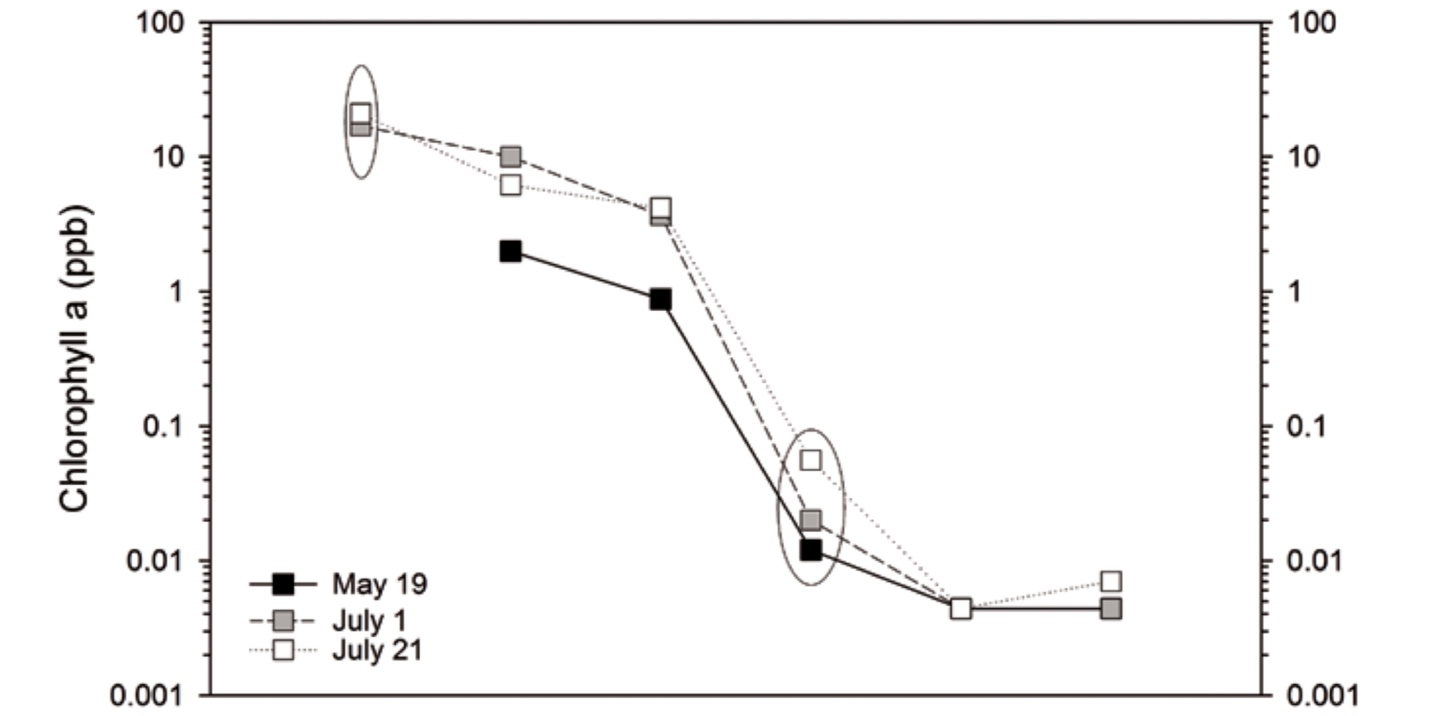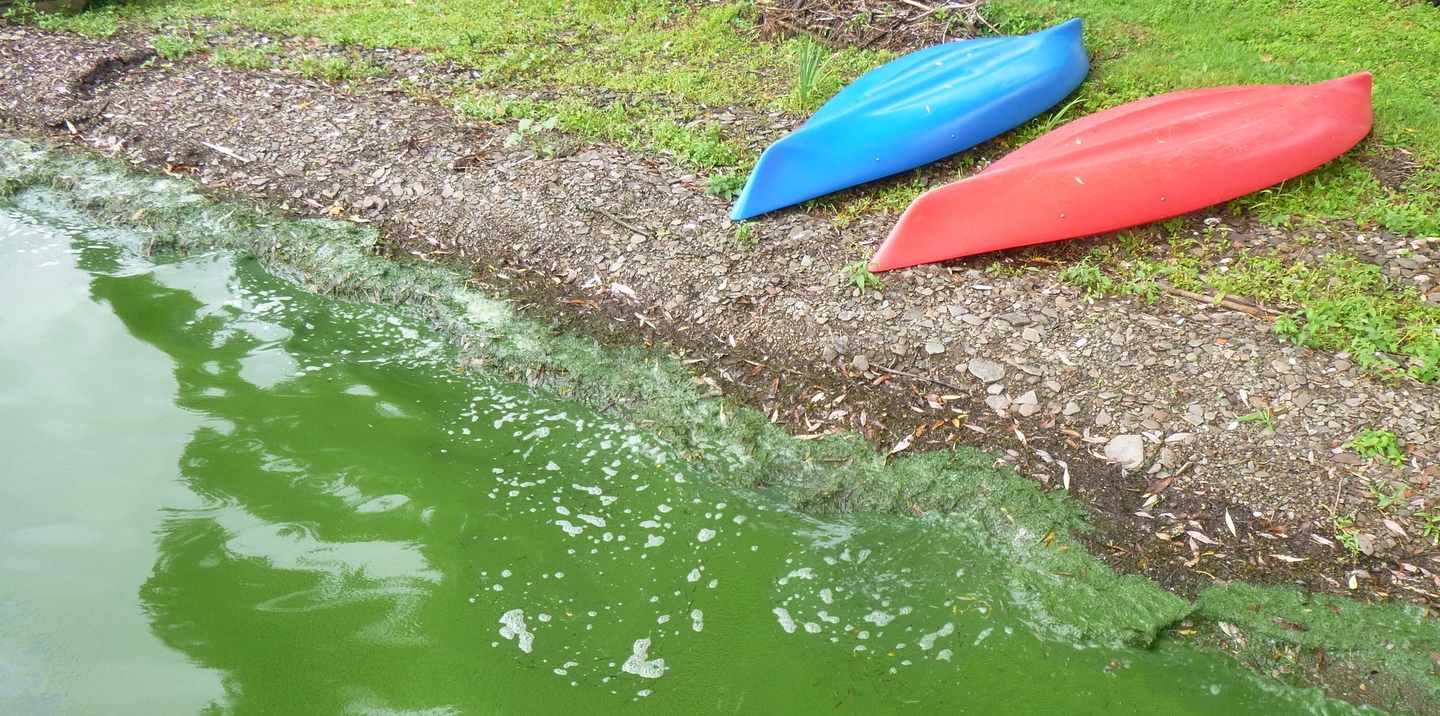The 2016 Show Your Lakes Appreciation Challenge
In the month of July NALMS issues the "Show Your Lakes Appreciation Challenge"
The goal of the challenge is to promote and encourage support for Lakes Appreciation Month.
Here's how you can join in:
Take a picture of yourself or someone you know enjoying or working on a lake or reservoir during July.
Log on to Facebook or Twitter and upload your picture.
Add an informative, funny, or witty caption along with the name of lake.
Be sure to type #LakesAppreciation in your post so we can find your entry.
Why should you join in?
You can win PRIZES
...
2016 Call for Abstracts
WE ARE NO LONGER ACCEPTING ABSTRACTS FOR THIS CONFERENCE
Science to Stewardship: Balancing Economic Growth and Lake Sustainability
There may be no locale more appropriate to host a discussion on the impact of development on natural spaces than Banff National Park, Alberta. Established in 1885, Banff is Canada’s first national park. Hosting millions of visitors annually, Banff exemplifies the need for a sustainable balance between economic development and conservation. Alberta has undergone significant landscape change during the last hundred years. Intact ecosyst...

